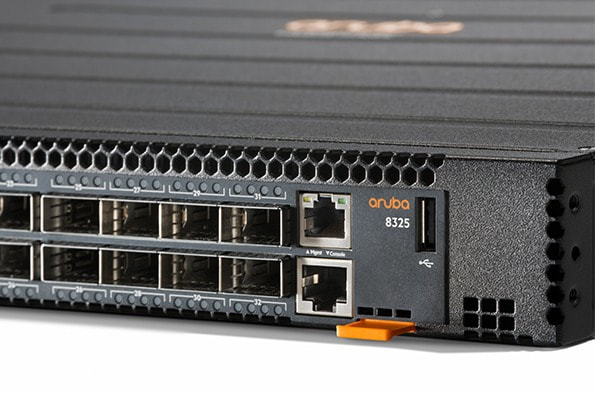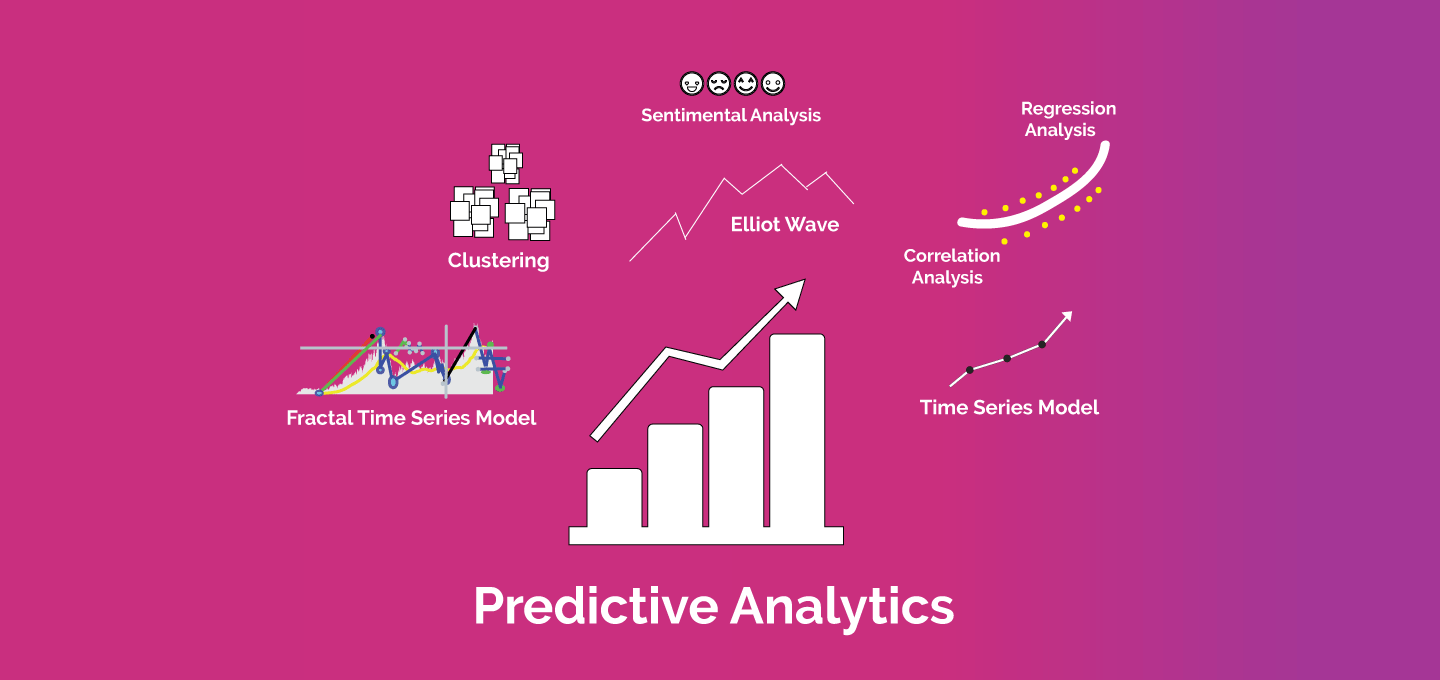BUSINESS ACTIVITIES
|
|
|
INTERNET OF THINGS
|
|
|
OPERATIONALIZED YOUR DATA
GET THE RIGHT DATAFind and access all the data sources you need and ingest the necessary data into your cloud data lakes
|
ACCELERATE DEVELOPMENT Speed up the development of your analytics data pipeline
|
COLLABORATION & AUTOMATIONEnchance your data user's productivity with analytics data pipeline recommendations.
|
PROMETE DATA GOVERNANCEDeploy prebuilt data quality rules so you can easily handle the scale of big data to improve quality
|
DEPLOYMENT BEST PRACTISESFollow the CI/CD process to deploy big data analytics pipelines and futher it with scaled production
|
DATA TRANSFORMATIONData transformation is the process of converting data from one format to another, typically from the format of a source system into the required format of a destination system. Data transformation is a component of most data integration and data management tasks, such as data wrangling and data warehousing.
|
PREDICTIVE ANALYTICSAt its core, predictive analytics encompasses a variety of statistical techniques (including machine learning, predictive modelling and data mining) and uses statistics (both historical and current) to estimate, or ‘predict’, future outcomes. These outcomes might be behaviours a customer is likely to exhibit or possible changes in the market, for example. Predictive analytics help us to understand possible future occurrences by analysing the past.
|
MACHINE LEARNINGWhile machine learning and predictive analytics can be a boon for any organisation, implementing these solutions haphazardly, without considering how they will fit into everyday operations, will drastically hinder their ability to deliver the insights the organisation needs. To get the most out of predictive analytics and machine learning, organisations need to ensure they have the architecture in place to support these solutions, as well as high-quality data to feed them and help them to learn. Data preparation and quality are key enablers of predictive analytics.
|
Site powered by Weebly. Managed by Exabytes.my - Malaysia








